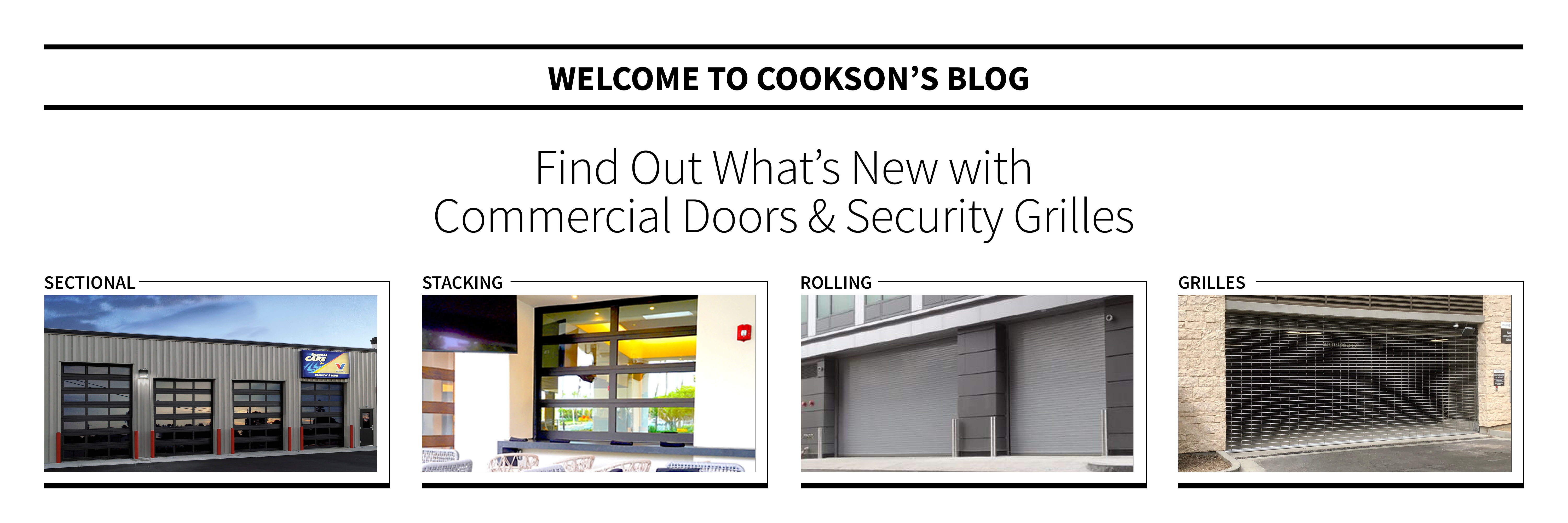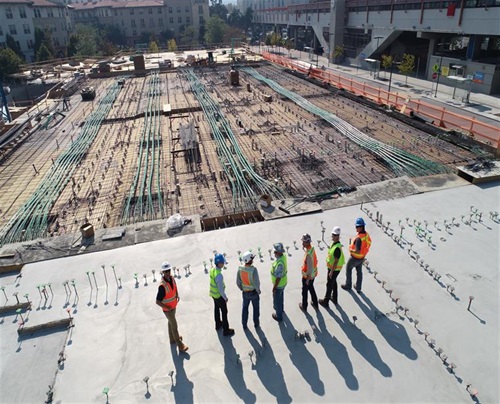

Cookson Blog
Welcome to the Cookson Blog! - Roll Up Door and Security Grille news - What's New?
SUBSCRIBE
Get updates on new blog posts to your inbox!
An Introduction to International Building Code (IBC) 2015
The International Building Code (IBC) 2015 is probably something you’re familiar with, whether you design, construct, maintain, or manage buildings. According to the International Code Council (ICC), IBC 2015 offers minimum requirements for new and existing buildings and structures to safeguard the public safety, health, and general welfare of the occupants. While this definition gives a general overview of what the IBC strives to do, you may want more detailed information on what IBC 2015 covers and what it means for your specific application.
The primary aim of the IBC is to help meet the standards and requirements for designing, building, updating, or maintaining your structure.

What organization created IBC 2015?
The ICC developed IBC 2015 in 2015, hence the name. In 1994, the Southern Building Code Congress International (SBCCI), Building Officials Code Administrators International (BOCA), and the International Conference of Building Officials (ICBO) merged to form the ICC, creating a set of building codes without regional limitations. The ICC covers safety and health concerns, ensuring buildings are safe, sustainable, resilient, and affordable.
What does the IBC 2015 building code do?
IBC 2015 provides standards and codes for new and existing buildings to protect building occupants. The code also provides guidelines for public health and safety regarding structures. The overarching goal is to make building construction and existing buildings safer throughout these processes.
Specific elements that the codes address include:
- Structural strength
- Adequate light and ventilation
- Sanitation
- Means of egress
- Energy conservation
- Accessibility
- Life safety
Where does IBC 2015 have jurisdiction?
Because it’s an international set of codes, the IBC can be used wherever a local jurisdiction and its federal, state, and local building officials want to enforce it. Jurisdictions across all 50 states and United States territories use IBC 2015. The ICC provides sample documentation for jurisdictions wishing to adopt IBC 2015 as an enforceable regulation governing premises and structures.
The scope of IBC 2015 covers all buildings except for detached one or two-family homes and townhouses up to three stories high.
Is IBC 2015 the same across the United States?
Not exactly. It is up to each state and even local jurisdictions to determine what standards and codes they’ll use in their local areas. However, the IBC 2015 provides criteria for any authority to use instead of developing their own building codes, making standardization easy. The specific codes may vary from location to location, but most are based on the ICC's model codes created by committees of recognized trade professionals.
When did IBC 2015 go into effect?
IBC 2015 went into effect in 2015, however, this does not mean these codes are only valid during that calendar year. Updated versions of the IBC are usually released every three years with new information and pertinent amendments and additions. Be sure to check with your state and local building code officials to learn what version of the IBC has been adopted in your area.
Why does the IBC 2015 exist?
Building codes exist to protect building designers, architects, and engineers during a structure’s planning phase and to safeguard building occupants and even neighbors after the building is completed. Building codes cover various topics, from accessibility and electrical codes to fire safety, occupancy, and structural codes to ensure a facility is safe across every area.
How can I ensure my building complies with IBC 2015 or other local or state codes?
It's recommended to follow the guidelines in the actual IBC 2015 documentation on the ICC website. You can also check with your state and local building code official, officer, or department for specific local regulations.
For professionals who build, construct, maintain, or manage buildings, becoming a member of the ICC is often beneficial. Joining the ICC provides members with authentic, official copies of the code.
Additionally, the professionals who helped you plan, design, or construct your building, including general contractors and architects, may be able to point you in the right direction or give advice on your area’s building code requirements.
We’ve also compiled a list of other resources:
- UpCode: UpCode’s list of jurisdictions that have adopted the IBC 2015
- IBHS: The Insurance Institute for Business and Home Safety® (IBHS) Building Codes by State
- AkitaBox: AkitaBox’s article on building codes and inspections
Contact Cookson today to learn more
If you’d like to get in touch with us about how our products may help you meet IBC 2015 standards, we're here to help. We can provide guidance and support for nearly any structural project type. Get in touch with the Architectural Design Support Team today.





